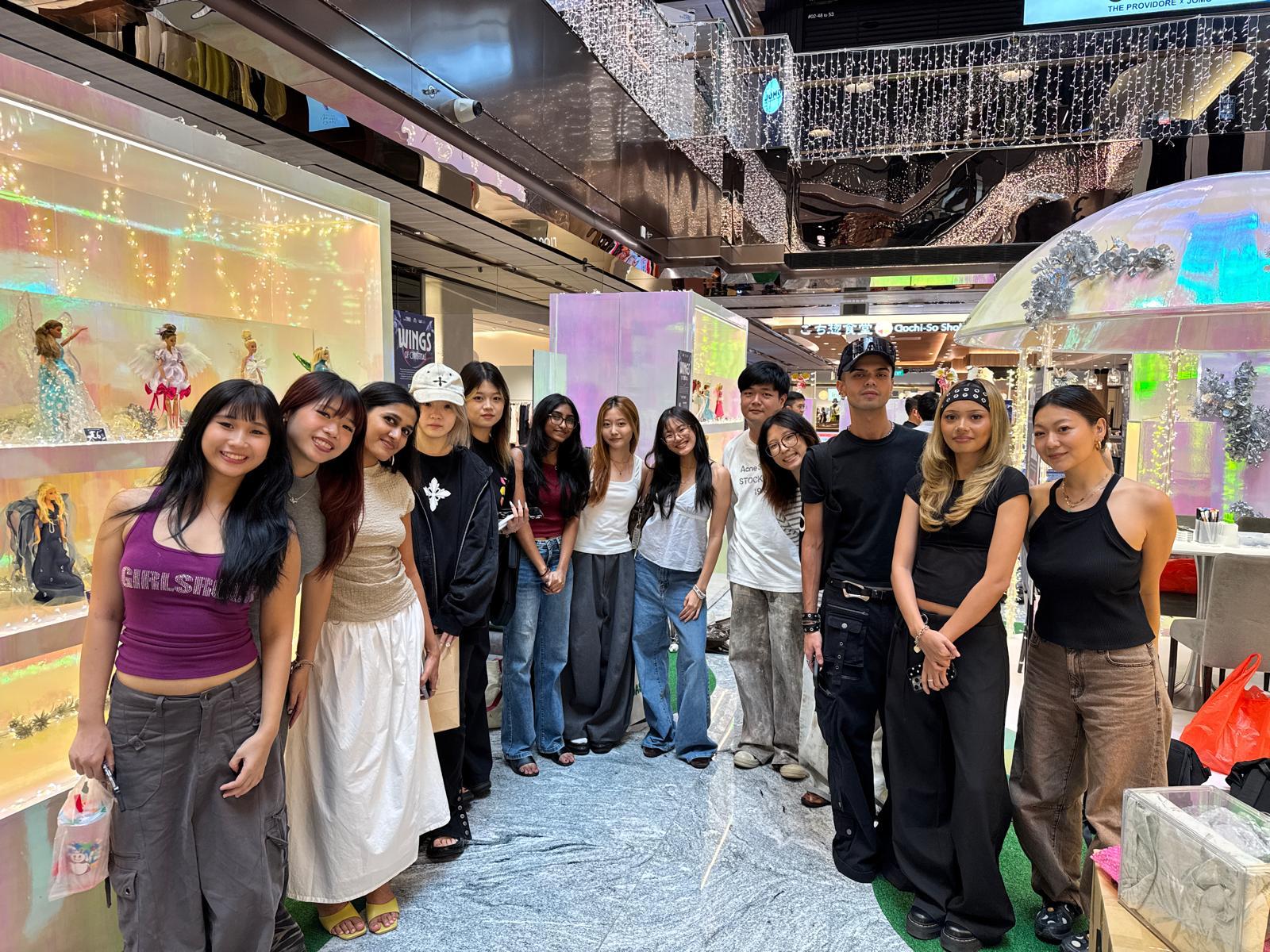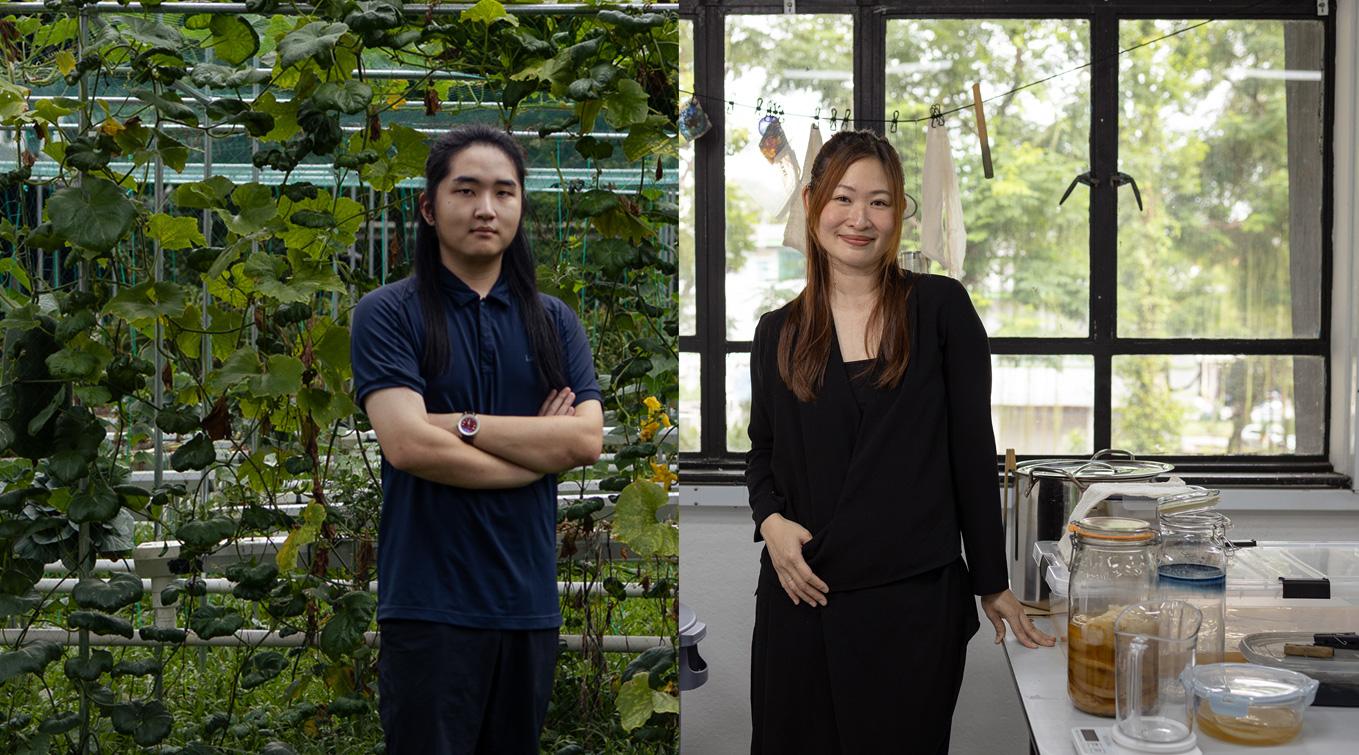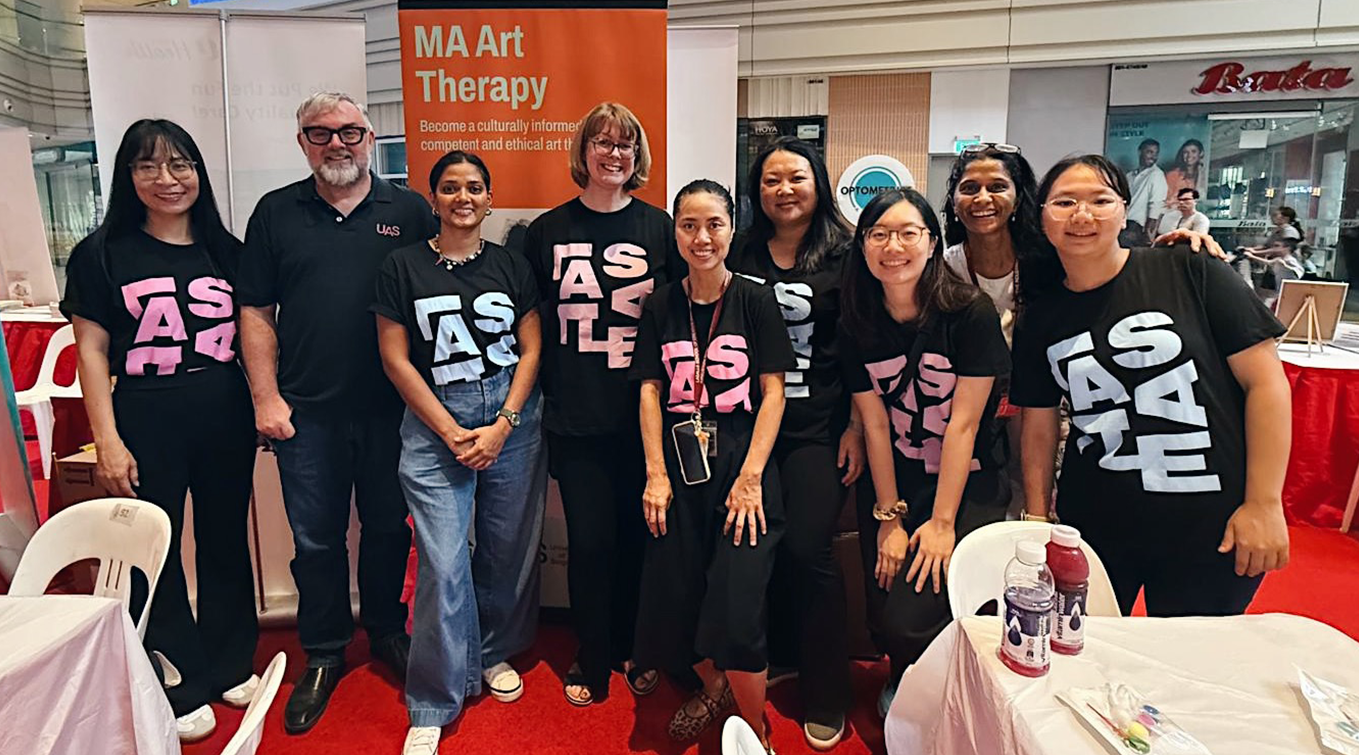In conversation with: Grey Yeoh about why there is much to gain in pursuing an MA
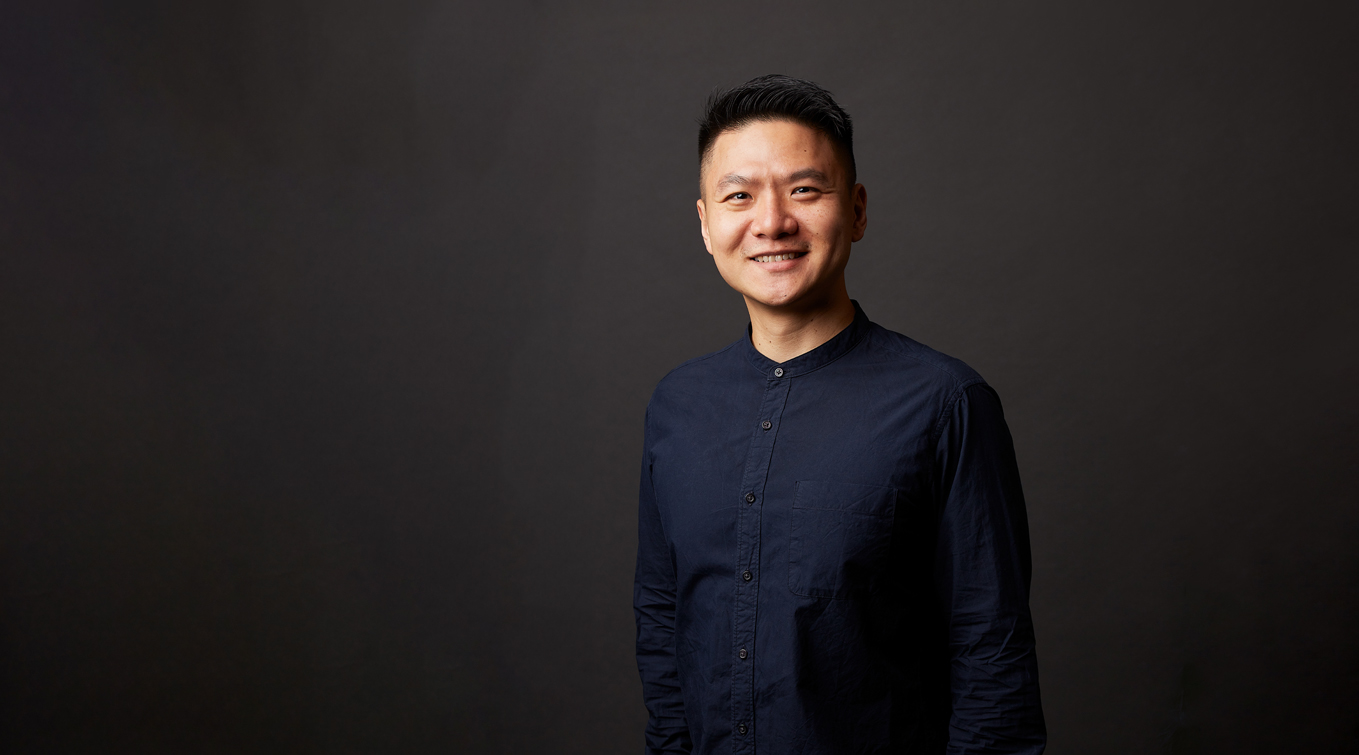
MA Arts and Cultural Leadership alumnus Grey Yeoh has worked in a diverse array of capacities in the creative industries, including being an art director in advertising, to working for the British Council – starting as a programme manager and becoming Head of Arts and Creative Industries in Malaysia, and serving as Head of Arts in Australia.
Grey had always been self-taught and learned on the job, and that had served him well throughout his career. But increasingly he wondered if he ought to pursue formal arts management education. “At one point, I was working with government policymakers to map out creative and cultural spaces in Kuala Lumpur. I invited experts from London to speak with government officials in Malaysia, but quickly realised that I was completely out of my depth when they were discussing ideas,” recounted Grey.
“I secretly took note of all the words, phrases, frameworks, researchers and scholars that were mentioned, and went home to do research on my own. Even then, I felt that what I researched was only at the surface level. I thought it was high time for me to actually get a foundation and really learn about art theories and frameworks in order to become a better arts manager and arts leader.”
We checked in with Grey, presently an international engagement consultant with Australia Council for the Arts servicing the Asia region, as he shared about how the MA Arts and Cultural Leadership programme at LASALLE “blew [his] mind”, how arts managers can navigate the unequal distribution of power between artist, manager, funder and state, as well as what he thinks makes an arts leader.
Did you go into the MA programme with any expectations and how did the programme live up to them?
Truthfully, I went into the programme thinking that what I would learn would be very narrow and specific, focused solely on the application aspects of arts management – this is how you do it: step 1, step 2, step 3 or model A, model B etc.
What I didn’t expect was that the programme would be so much more encompassing, so much more holistic. What we covered was the history of arts management, where and how it began, how and why things differ in Europe compared with Asia compared with North America, organisational life cycles, how art managers work in context, digital entrepreneurship, NFTs and a lot more.
It really opened up my field of vision to more than just the policies, but how they are implemented, how things actually get done in a practical sense. That really blew my mind. We got to devise strategies that attempted to solve problems faced by actual art companies, visit art spaces, speak extensively to the art sector, and take part in an arts research and policy conference.
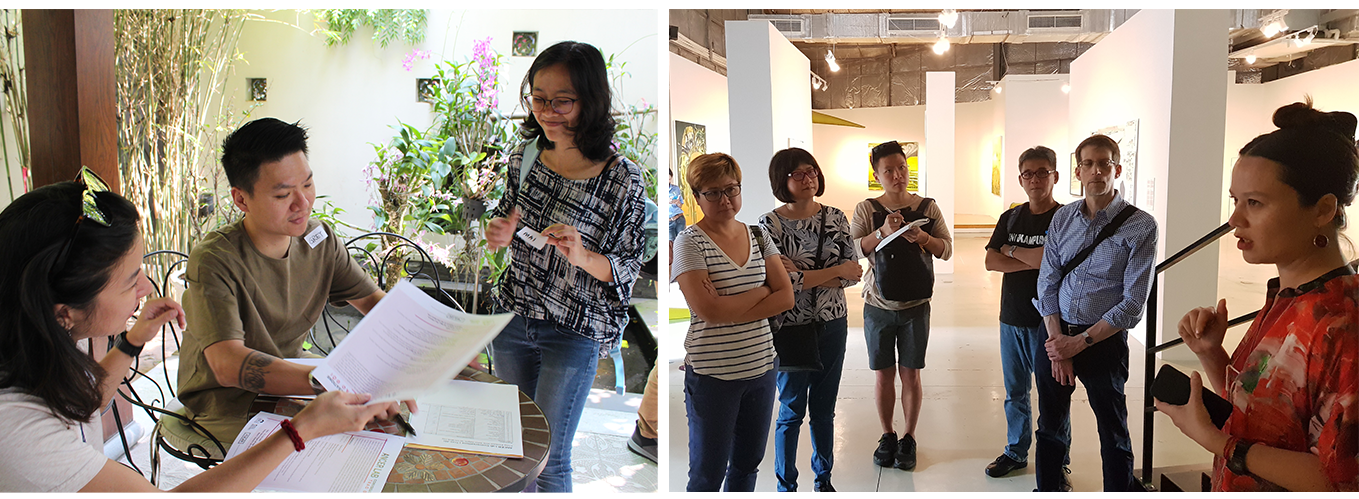
Left: Grey (middle) processing registrations at ANCER (Asia Pacific Network for Cultural Education and Research) Lab 2019 in Vietnam. Right: Grey (third from left) with other ANCER Lab participants at art space Factory in Ho Chi Minh City.
There is sometimes tension between practitioners and arts managers who might be more rooted in academia or policy and haven’t ‘been in the trenches’ so to speak. What would your advice be for arts managers working in the industry?
I guess I sit rather comfortably in the camp of the ones who have been in the trenches first, before going into academia and policy research – so I bring with me knowledge of arts practice and on-the-ground experience. Practical arts management experience taught me to anticipate and plan for multiple scenarios, to be flexible in adapting to changes that may come unexpectedly, and to have a duty of care for the artists I work with.
However, I also do think that some of these tensions that you mentioned are rather few and far in between. I think generally, given the web of relationships involved in making art, be it between artist and manager, producer or agent, or between producer and manager or manager and funder, it is difficult to find dynamics that truly click or possess an equal distribution of power. Navigating a constantly shifting partnership, be it with an artist, producer, venue, funder, the state – all requires understanding and kindness to each other.
A philosophical question that all arts management programmes grapple with is whether skills and attributes like leadership, strategic thinking or entrepreneurship be taught in an academic setting. What do you think?
I think leadership skills are teachable – as in, they are transferable to the student. Then it is up to the student to put them to good use in their practice.
Based on what I’ve taken from this programme, what makes an arts leader is that it’s more than just the designation or title. Leadership stems from your passion, professional development and intellectual foundation – you really need to know the people, frameworks, and theories to back your decisions up. And you want to be able to develop the sector. In my view, leadership calls for not only the ability to lead, but the willingness and the desire to lead.
What would your advice be to arts managers or even practitioners who might be considering the MA Arts and Cultural Leadership programme?
Do it – whether you are just starting to cut your teeth in the arts or have been around the block a few times, you would be surprised at how much there is out there that is relevant and useful to your field. The skills, knowledge and experience gained through this programme can only be beneficial to you or the art sector you work in. There is nothing to lose.
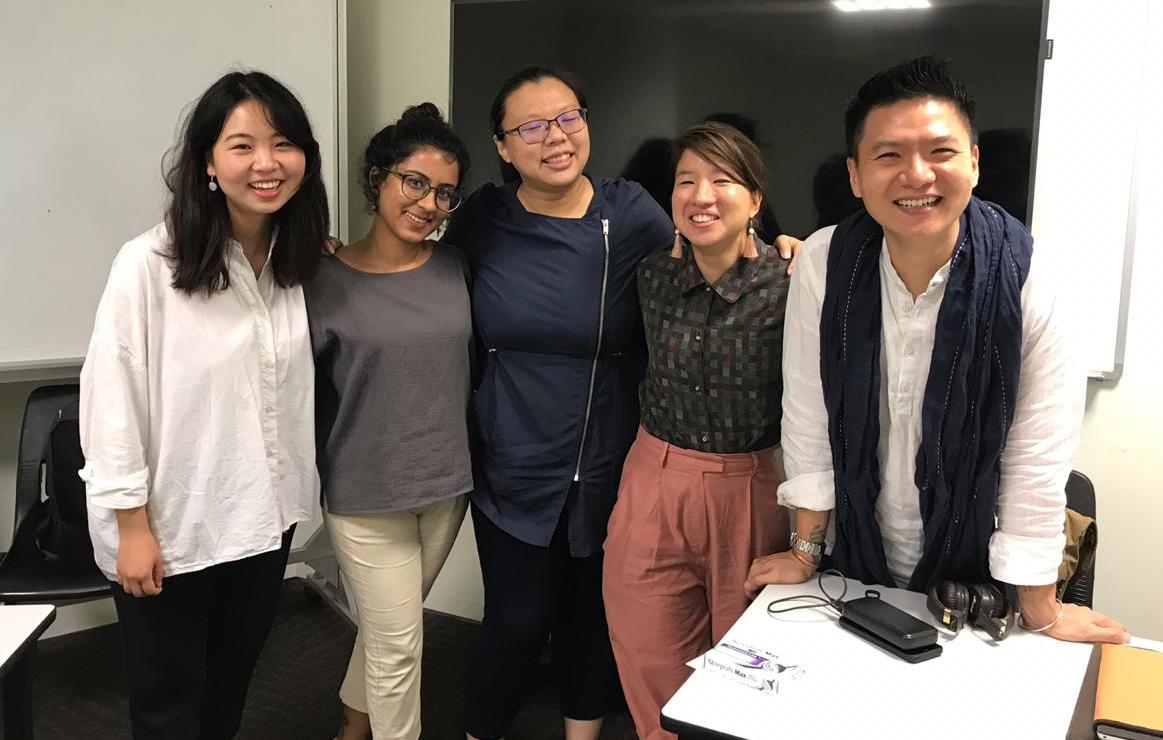
Grey with his classmates.
Apply now for our postgraduate programmes.






